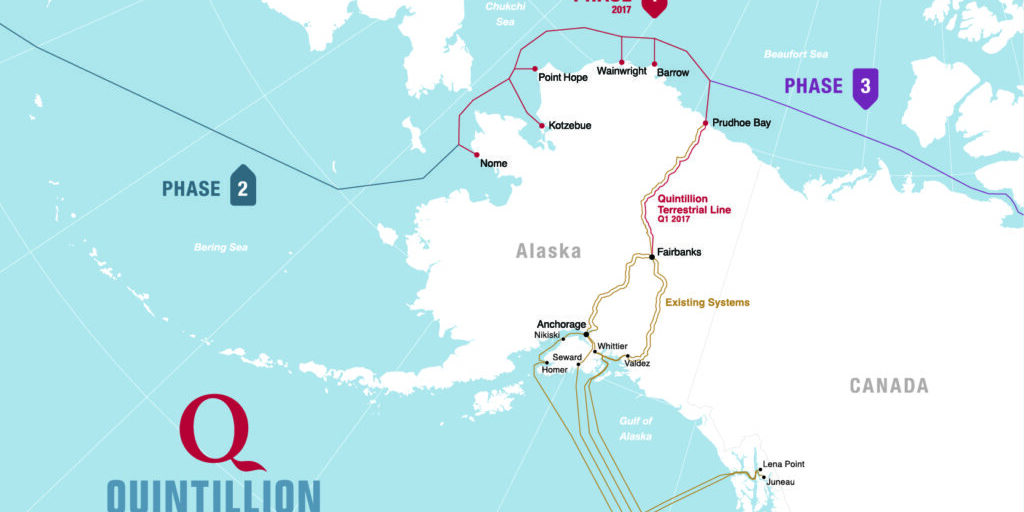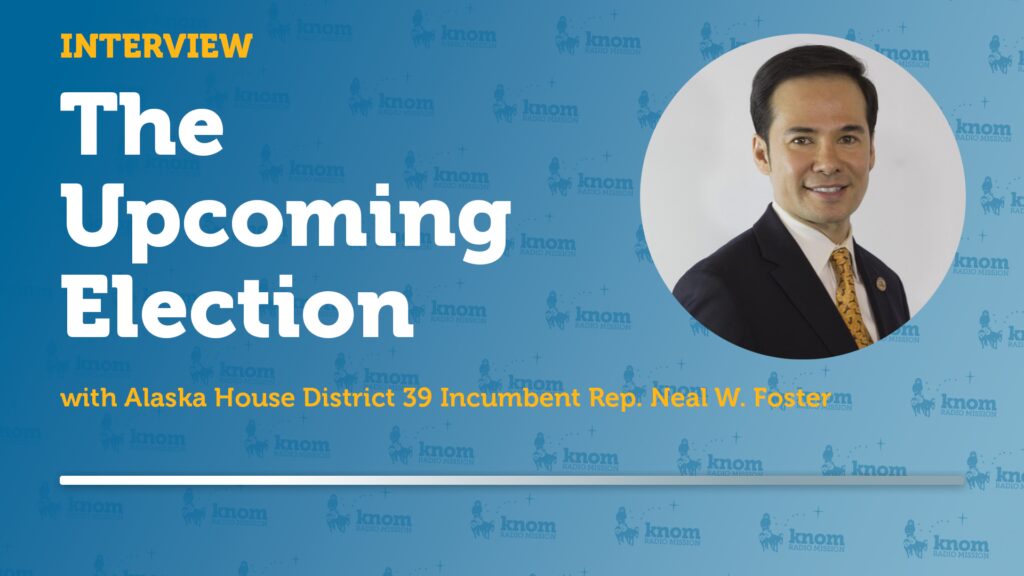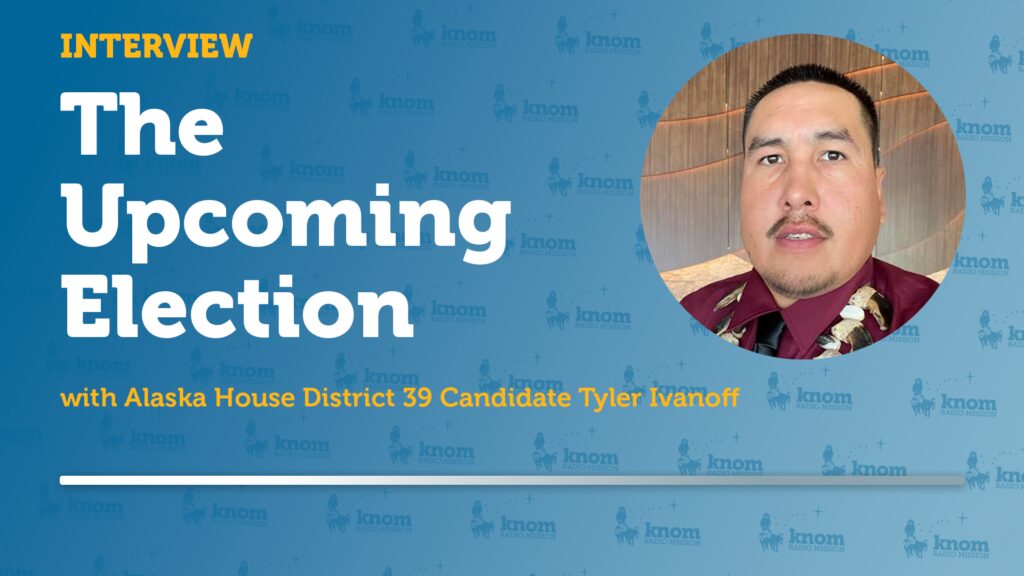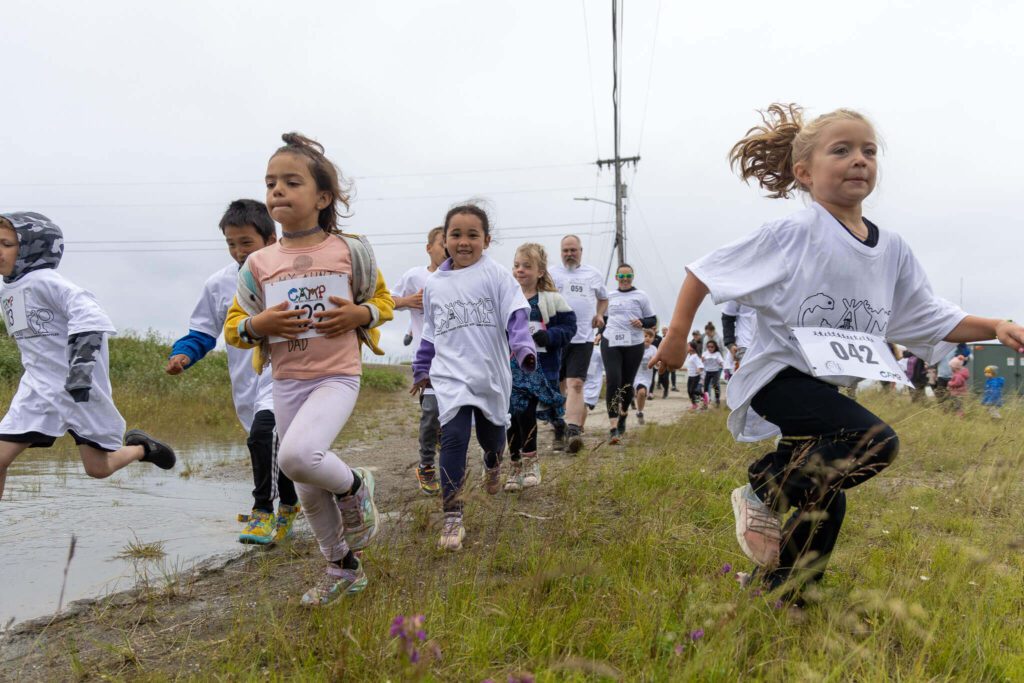In a few weeks, a privately-funded Anchorage company called Quintillion will turn on its fiber optic service for the Prudhoe Bay and Deadhorse areas. But for the rest of its Alaska land sites, including Nome, service won’t be available until an undetermined date later this year.
Kristina Woolston, Vice President of external relations for Quintillion, says that after initial delays, operations are now on-schedule going forward.
“So, we were excited to accomplish what we did in 2016. We had hoped to have everything done, but we need to do a little more work this year, in 2017, and so, we’ll be doing that this summer,” explained Woolston. “We’ll have some additional vessels back in Alaska, and we are excited to complete that work to achieve the burial that we want for the long-term resiliency of the system.”
With Phase 1 of the three-phase project nearing completion, subsea cable will come to land in six communities – Nome, Kotzebue, Point Hope, Wainwright, Utqiagvik, and Prudhoe Bay. Potentially, other land sites will be added in Alaska as well, but Woolston says Phase 2 and Phase 3 will continue to benefit Alaskans, regardless.
“Continuing on to Asia and then on to Europe and Arctic-Canada is important because it gives Alaska a diverse route of communications out of our state. Right now, we have fiber lines that run generally to the same area in the Pacific Northwest, and so, this is important if we want to become a tech corridor. Certain industries won’t invest in infrastructure or operations if they don’t have a diverse telecommunications route,” stated Woolston.
According to Quintillion, fiber optic cable provides faster service than microwave and satellite connections. Overall, Quintillion says it could provide a 30-terabit-per-second system — which Woolston breaks down into simpler terms:
“On a system at that capacity, the way that I understand, which makes sense to me is that you can download 2,500 high definition movies in a second,” Woolston exclaimed.
Quintillion’s subsea cable is buried under the ocean floor at various depths and is designed to last at least 25 years. Woolston explains how the cable was built to withstand many different threats.
“So in Alaska, one of the most significant risk factors is ice-scouring and ice sheering off the coast; it’s when ice mixes up and breaks up and bumps along the sea floor, and so, we mitigate that risk by burying the cable,” said Woolston. “We also protect the cable by armoring it; it’s double-armored and single-armored, depending on the location, and then, in specific areas, we went down about 60-80 feet (in depth), and we went out a significant way from shore, and we put that cable in steel conduit to further protect it.”
Unlike last summer, Woolston claims only a couple of Quintillion vessels will be in and around Nome this summer. She also says no more land construction in town is expected for the rest of the year.







